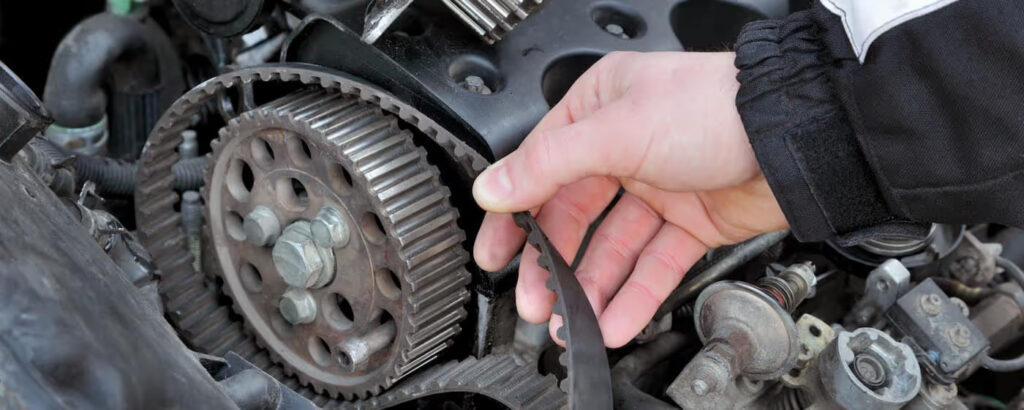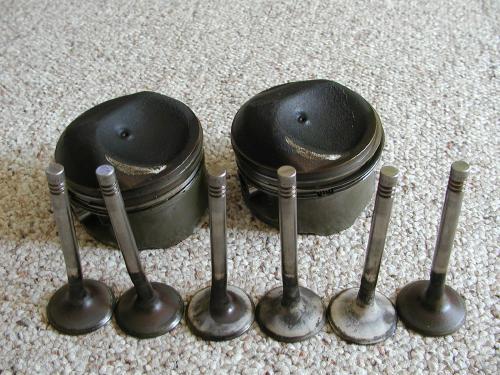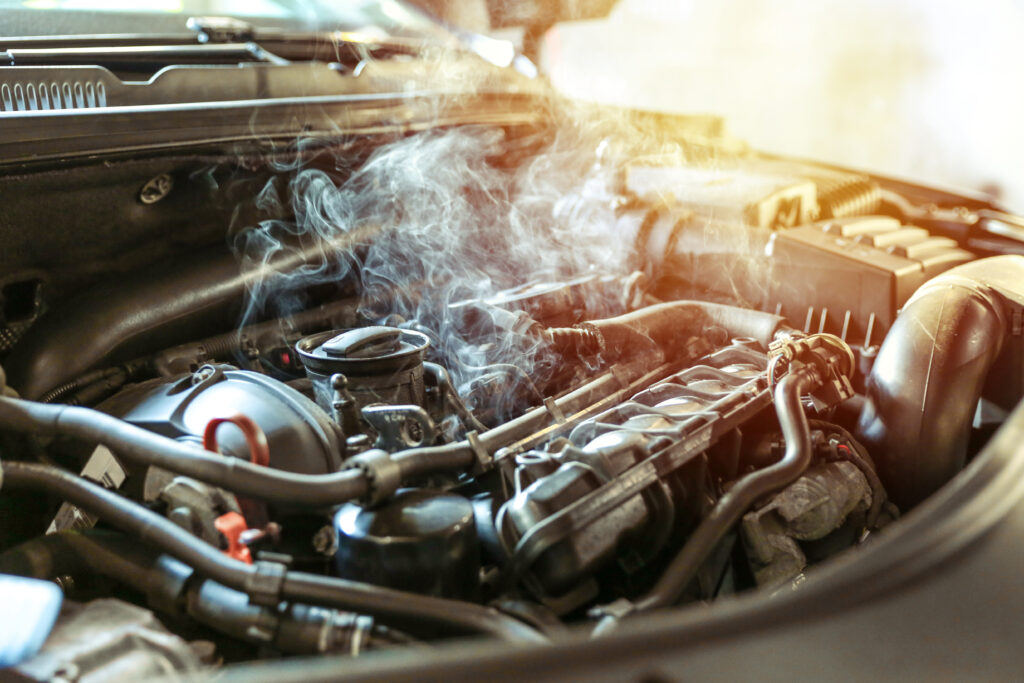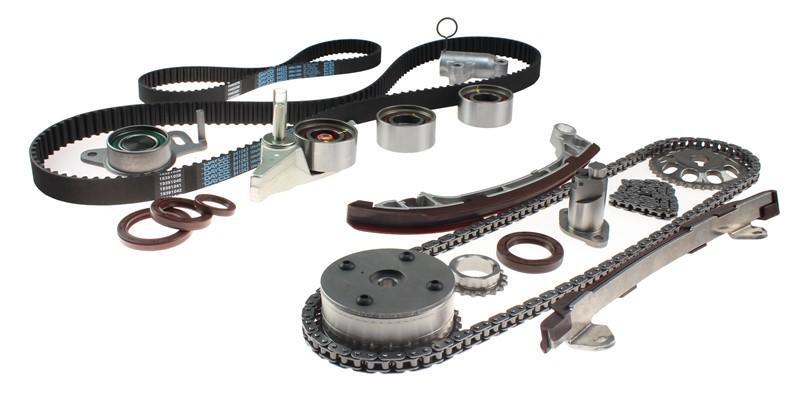
Similar Posts

Timing Belt Kits vs. Serpentine Belts: What’s the Difference?
Sharing is CaringWhen it comes to engine performance and longevity, few components play as critical a role as timing belts and serpentine belts. Though they may look similar to the untrained eye, these two belts serve very different functions under your hood—and understanding the difference is key to proper maintenance and part replacement. What…

Why Proper Lubrication is Key for Heavy-Duty Equipment
Sharing is CaringThe Role of Lubrication in Heavy-Duty Equipment Heavy-duty equipment, whether used in construction, agriculture, trucking, or industrial applications, operates under extreme conditions. These machines endure high loads, intense friction, and exposure to harsh environments, making proper lubrication essential for their performance and longevity. Benefits of Proper Lubrication 1. Reduces Friction and Wear Lubricants…

Top Causes of Car Overheating – And How to Fix Them
Sharing is CaringA car overheating can turn any drive into a stressful experience — and in some cases, it can lead to costly engine damage. Whether you’re stuck in traffic in Toronto, driving through the Rockies, or facing a summer heatwave in Vancouver, understanding why your car overheats and how to fix it can help…

What Is Direct Fit Interchange in the Auto Parts Industry?
Sharing is CaringThe automotive industry is a vast landscape filled with millions of parts for various makes, models, and vehicle types. One key term you’ll often encounter when dealing with replacement parts is Direct Fit Interchange. But what does this term really mean, and why is it so crucial for mechanics, suppliers, and car owners…

Ceramic vs. Semi-Metallic Brake Pads: Which is Right for You?
Sharing is CaringWhen it’s time to replace your vehicle’s brake pads, choosing the right type can be overwhelming. Two popular options are ceramic and semi-metallic brake pads, each with its own advantages and drawbacks. In this blog, we’ll provide a side-by-side comparison, focusing on three key areas: performance, longevity, and cost, helping you make an…

Why Local Automotive Parts Stores Are Better Than Online Retailers: Top Reasons Explained
Sharing is CaringIn today’s fast-paced world, it’s tempting to order everything online—from groceries to car parts. But when it comes to maintaining your vehicle, there’s something irreplaceable about your local automotive parts store. Whether you’re a DIY enthusiast or a professional mechanic, here are the top five reasons why you should consider shopping locally for…







 Visit
Visit